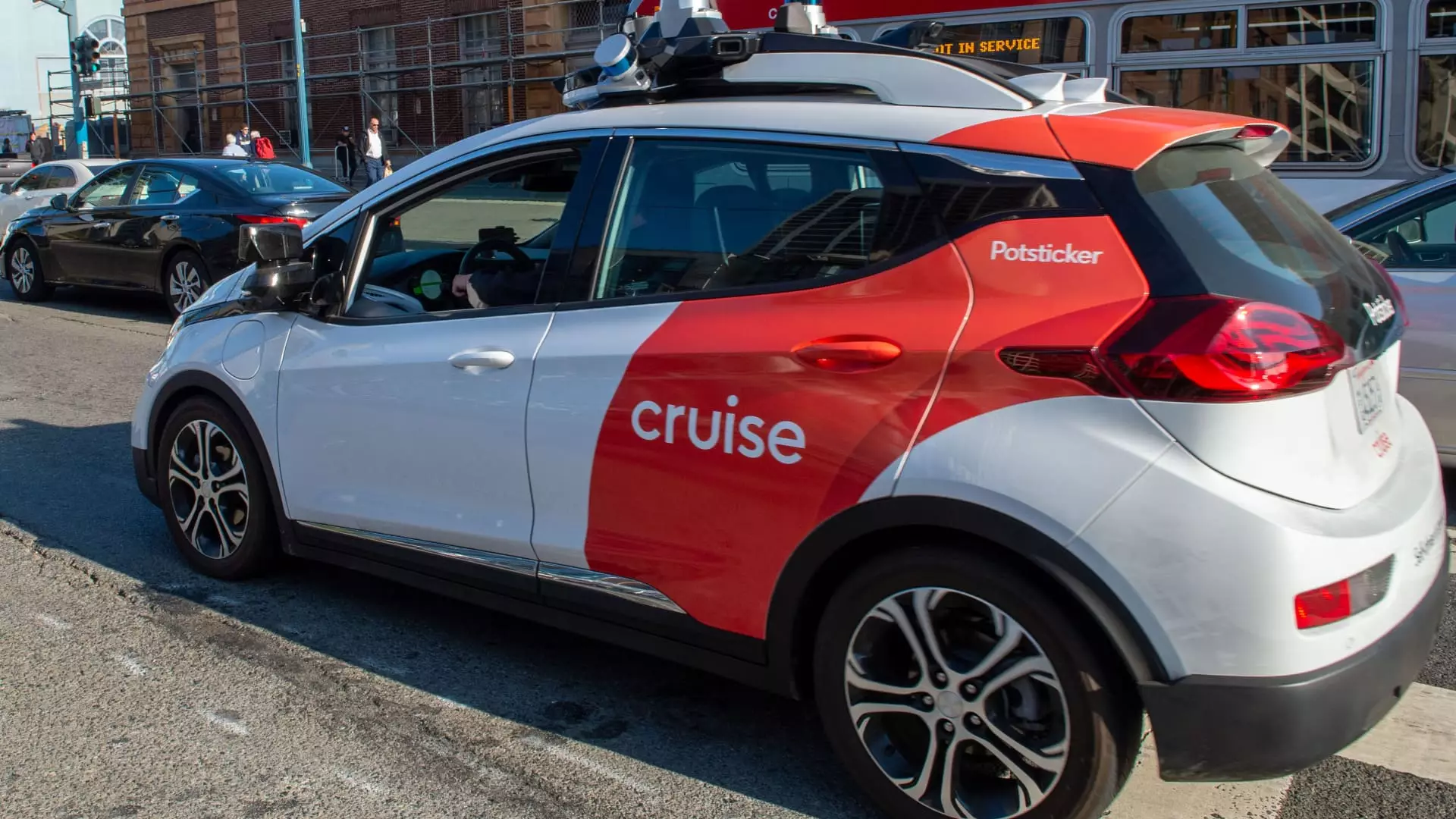In a significant turn of events, General Motors has decided to halve its workforce at Cruise, the once-promising autonomous taxi service. This adjustment reflects the stark reality of a company that has invested over $10 billion since 2016 into a vision that no longer holds viability in the rapidly evolving transport landscape. This decision comes on the heels of previously announced changes in direction—moving away from ride-hailing services to focusing on the development of autonomous vehicles for personal use.
The announcement, delivered in an internal communication to employees, outlined the difficult landscape ahead for Cruise. It is a painful acknowledgment that not only has the vision for a fleet of robotaxis failed, but also that its operational structure must shrink to meet a new and less ambitious strategic objective. Effectively, the layoffs signal a recognition that the scale of ambition exhibited in previous years is no longer sustainable in a market that has shown, through enterprise failures and public scrutiny, the significant risks associated with automation.
The restructuring includes not only job cuts but also leadership changes. High-profile exits, including the CEO and other key executives, illustrate broader organizational problems that have plagued Cruise in recent months. The company’s leadership has faced significant criticism after a deadly incident last October, where a Cruise robotaxi was involved in a pedestrian accident, which raised serious questions about regulatory compliance and corporate ethics. Investigations revealed an alarming culture of ineptitude and poor leadership within Cruise, with claims that the company had misled regulators about the incident and failed to maintain proper safety protocols.
These systemic leadership issues compounded Cruise’s struggles, contributing to a loss of confidence in its operational viability and oversight practices. The departures of several executives indicate that not only does Cruise face significant personnel restructuring, but it also has a fundamental crisis in governance that must be addressed to regain credibility.
In the wake of these layoffs, Cruise has stated its commitment to supporting affected employees through severance packages and career transition assistance. Employees who have been with the company longer will receive additional severance, demonstrating an effort on Cruise’s part to soften the blow for those impacted by this drastic reduction. The choice to offer 60 days’ notice and maintain full base pay during the transition period aims to mitigate the harsh effects of such employment instability.
However, the reality remains that for many of these employees, the landscape has dramatically shifted. The previous excitement and investment in futuristic autonomous vehicles have now given way to a re-calibrated reality, one focused on a more conventional understanding of personal vehicle autonomy. The loyalty and hard work of dedicated employees cannot mask the fact that they are being cut from a vision that ultimately proved unattainable.
The fallout at Cruise raises broader questions about the future of autonomous vehicles in general. Once viewed as the next frontier for transport and mobility, the autonomous taxi segment is now under intense scrutiny. With other companies like Waymo watching from the sidelines, the number of players committed to the robotaxi framework is dwindling. The issues at Cruise serve as a cautionary tale about the complexities of commercializing autonomous technology.
Moreover, the recent investigations into Cruise highlight how critical it is for companies in this sector to ensure robust regulatory compliance. Building a competent and trustworthy safety culture must be a priority for any entity wishing to operate within the autonomous space. The consequences of failing to meet these expectations can lead to operational disruptions and a loss of public trust—two burdens no autonomous vehicle company can afford to carry.
As GM pivots towards a new focus on personal autonomous vehicles, the industry will be watching closely to see if this new direction can indeed yield the promised fruits of innovation, or if it will be yet another chapter in a series of oversights and regulatory failures for the field of self-driving technology. The ending of an era for Cruise may prompt both competitors and regulatory bodies to redefine their strategies in anticipation of a future where the promise of autonomy finally comes to fruition.



Leave a Reply